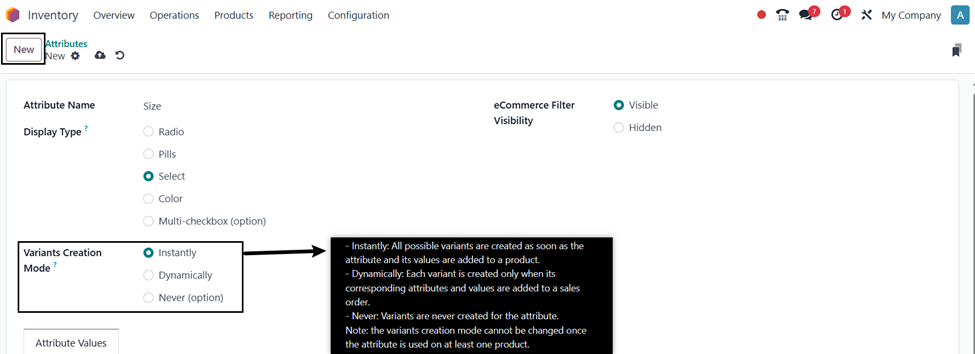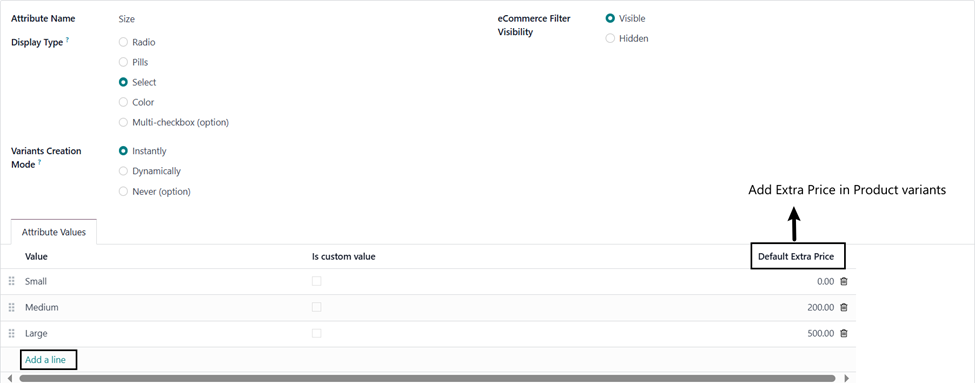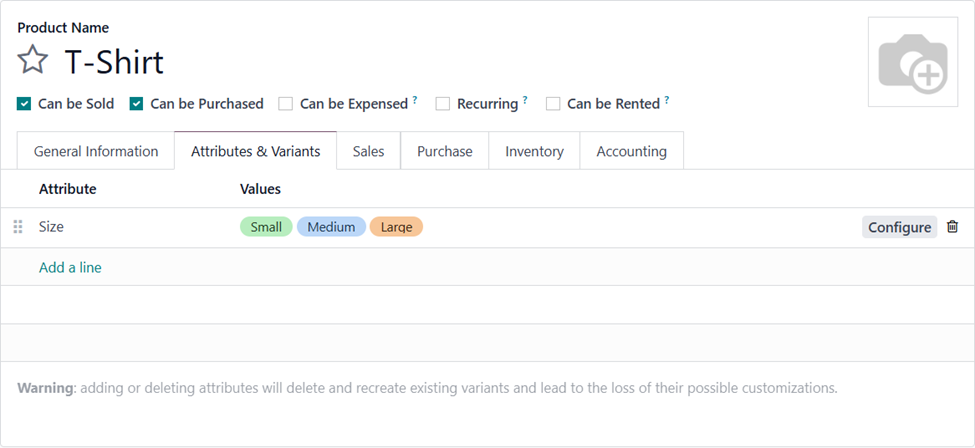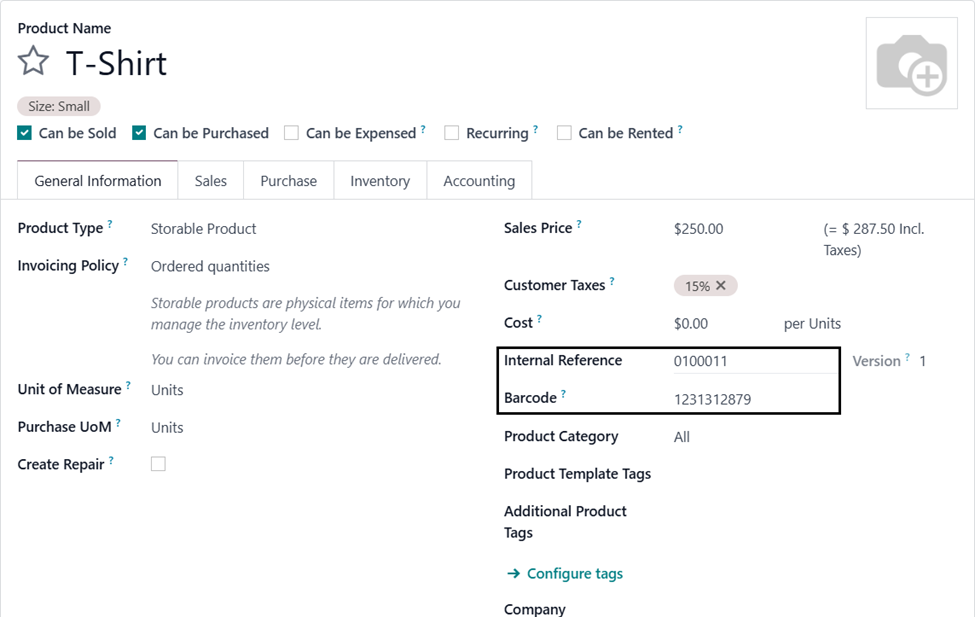In this blog, we’ll explore what product variants are, why they’re important, and how to manage them in Odoo to optimize your business operations.
Product variants are essential for businesses that offer multiple versions of the same product, such as different sizes, colors, or materials. Managing these variants efficiently is crucial for maintaining a well-organized product catalog, ensuring accurate inventory management, and providing a seamless customer experience. Odoo’s product variant feature is designed to make this process straightforward and effective.
What Are Product Variants in Odoo?
Product variants in Odoo refer to the different versions of a single product that vary based on specific attributes. For example, a T-shirt might be available in different sizes (Small, Medium, Large) and colors (Red, Blue, Black). Each combination of these attributes—such as a Small Red T-shirt—represents a unique product variant.
Product variants allow businesses to offer a wide range of options to their customers without cluttering their product catalog with separate entries for each version.
Key Features of Product Variants in Odoo
Odoo’s product variant feature is rich with functionalities that make managing variants easy and effective:
1. Attribute Configuration
Attributes are the defining characteristics that differentiate product variants. In Odoo, you can create and configure attributes according to your business needs.
- Example: For a clothing store, attributes might include size, color, and material.
2. Variant Generation
Odoo automatically generates product variants based on the combination of attributes. This saves time and ensures that all possible variants are created without manual entry.
- Example: If you have a T-shirt available in three sizes (Small, Medium, Large) and three colors (Red, Blue, Black), Odoo will generate nine variants automatically.
3. Individual Variant Management
Each variant can be managed individually in Odoo. This includes setting specific prices, tracking stock levels, and managing other details like barcode and SKU.
- Example: The price of a Small Red T-shirt might differ from a Large Black T-shirt, and you can set these prices individually.
4. Inventory Tracking
Odoo provides robust inventory tracking for each variant, helping you monitor stock levels, set reordering rules, and avoid stockouts.
- Example: You can set a minimum stock level for each variant, triggering automatic reordering when the stock drops below the threshold.
5. Barcode Integration
Each product variant can have its own barcode, making it easy to scan and manage inventory accurately.
- Example: Assign unique barcodes to each variant of a product for easy scanning at the point of sale or during inventory checks.
6. Reporting and Analysis
Odoo’s reporting tools allow you to generate detailed reports based on product variants, helping you analyze sales, inventory levels, and profitability.
- Example: Generate a sales report that shows the performance of each variant, helping you identify trends and make data-driven decisions.
7. Multi-Channel Support
Product variants can be seamlessly managed across multiple sales channels, including e-commerce, retail, and wholesale, ensuring consistency and accuracy.
- Example: A product listed on your online store can display all available variants, and inventory levels will sync across channels.
How to Set Up Product Variants in Odoo
Define Attributes and Attribute Values
- Navigate to Attributes: Go to Inventory > Configuration > Attributes in Odoo.

- Create Attributes: Click on New to add a new attribute. Enter a name (e.g., Size) and define the attribute type (e.g., select).

- Add Attribute Values: Under each Attribute, define the possible values (e.g., Small, Medium, Large for Size).

Create a Product with Variants
- Go to Products: In the Purchase, Sales or Inventory module, navigate to Products > Products and click New to start a new product entry or select open existing product to add variants.
- Enable Variants: In the Product form, check the Variants option and select the relevant attributes you defined earlier.

- Set Up Product Variants: If needed, change setting for individual Product Variant from Product Variants form

Customize Variant Information
- Barcodes and SKUs: Assign unique barcodes and SKUs to each variant for easy identification and inventory management.
- Additional Settings: Configure other details such as picture, policies, Sales, Purchase, Inventory and accounting specific settings to each variant.

Conclusion
Product variants in Odoo provide a powerful and flexible way to manage multiple versions of the same product, making it easier to organize your catalog, control inventory, and optimize sales. By effectively using Odoo’s product variant features, you can streamline your operations, enhance the customer experience, and drive business success.